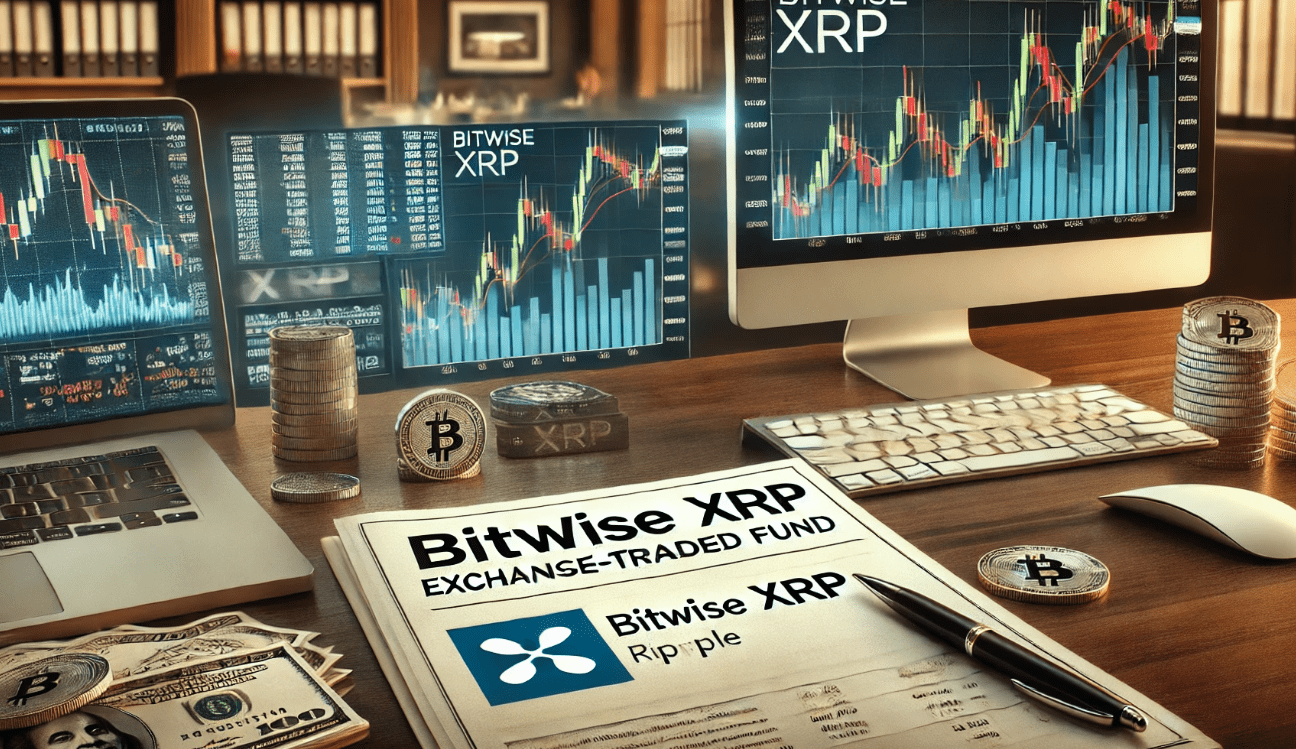Tether CEO Paolo Ardoino expressed concern about the European Union’s Markets in Crypto-Assets Regulation (MiCA) and its potential impact on stablecoins. Speaking to The Block, Ardoino highlighted several problematic requirements within MiCA that could complicate the operations of stablecoin issuers and increase the risk of EU-licensed stablecoins.
Binance and Other Exchanges Adjust to MiCA
Following Binance’s announcement to restrict access to “unauthorized” stablecoins in Europe by the end of the month, Ardoino voiced Tether’s concerns. Binance, the world’s largest cryptocurrency exchange by trading volume, clarified that it would limit the availability of unapproved stablecoins for European users on certain products starting June 30. However, it remains unclear whether MiCA will affect Europeans’ access to Tether’s USDT, the world’s largest stablecoin by circulation.
Binance CEO Richard Teng emphasized that the exchange would not delist any unauthorized stablecoins on the spot but would limit their availability in certain products. Rival exchanges like OKX and Kraken are also considering MiCA’s implications, with Kraken reviewing the potential delisting of USDT and OKX ceasing support for USDT trading pairs in Europe.
Concerns Over MiCA’s Requirements
Ardoino expressed that Tether has actively participated in regulatory consultations over recent months. “MiCA contains several problematic requirements,” Ardoino stated. “These requirements could not only render the job of a stablecoin issuer extremely complex but also make EU-licensed stablecoins extremely vulnerable and riskier to operate.” He stressed the importance of further discussions on technical implementation standards to provide market clarity.
In April, Ardoino posted on X about ongoing discussions with regulators concerning capital reserve requirements. He emphasized the risks of uninsured cash deposits, citing the Silicon Valley Bank incident and advocating for stablecoins to keep 100% of reserves in treasury bills.
Tether’s Engagement and Optimism
Tether has engaged extensively with exchange counterparties in Europe regarding MiCA’s requirements, focusing on the ongoing listing of USDT and other Tether tokens. While Tether remains optimistic about MiCA’s implementation, Ardoino emphasized the need for balanced regulatory policies that protect consumers and support industry growth.
MiCA Regulation Overview
MiCA aims to create clear rules for digital assets within the EU. To become a regulated stablecoin provider, issuers must obtain an electronic money institution (EMI) license. Jon Egilsson, co-founder of Monerium, highlighted that the EMI license is designed for consumer protection and ensuring monetary singleness. However, he noted that effective enforcement by EU regulators is crucial for the license’s efficacy.
Monerium was the first company to receive an EMI license to legally issue a stablecoin in Europe, emphasizing the importance of regulatory compliance and consumer protection in the evolving digital asset landscape.












